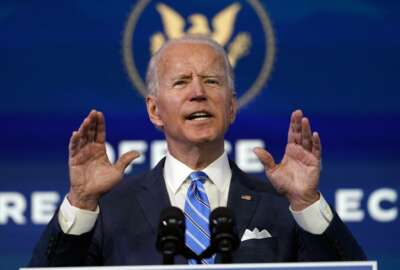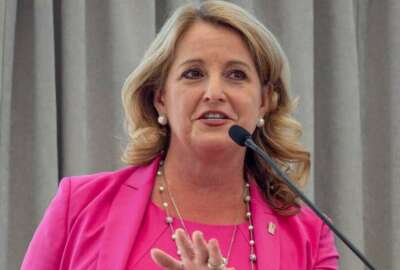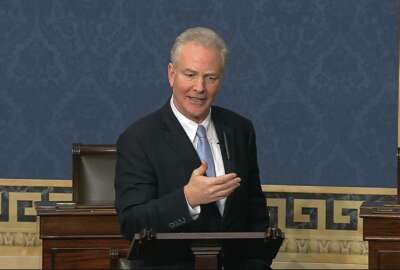
Stop the presses: $9B for the TMF!?
Buried in the next pandemic spending proposal from Joe Biden are big dollars for federal IT.
Just one more day until the change of administration. Washington, D.C., has been transformed into something nearly as charming as Pyongyang. Things will be normal again. And — this we could have expected — now we know that when the Biden administration offers spending plans, it thinks big.
Scroll down to the end of the “fact sheet” on soon-to-be President Joe Biden’s $1.9 trillion plan to rescue America. That’s where you’ll find it: $10 billion in new federal information technology spending.
The list — which Congress must write and enact — is certainly comprehensive. It would slather nearly $2 trillion not only on a vaccination plan but also on state, local and tribal governments; public transit systems; small business grants and loans and governmental financing programs; substance abuse programs; veterans health; COBRA subsidies for those out of work; domestic violence protection; child care assistance; and supplemental nutrition assistance programs. That’s a partial list.
Whether you agree or disagree with the proposals and their numbers, it will certainly keep Congress occupied. The money is not certain.
The Biden team doesn’t tie the need for an IT infusion — equal to 10% of the existing IT budget of roughly $90 billion — to the pandemic directly. It states, “In addition to the COVID-19 crisis, we also face a crisis when it comes to the nation’s cybersecurity.” And that the new administration wants “the most ambitious effort ever to modernize and secure federal IT and networks.”
The new administration, rather, connects modernization with better security, specifically saying the spending would help “remediate the SolarWinds breach.” And also make networks more trustworthy for the COVID-19 vaccine process. So there’s that tie-in.
Nine billion dollars of the IT funding slug in the proposed Rescue bill would head to the Technology Modernization Fund, for which successive Congresses have been stingy. The TMF only got $25 million in fiscal 2020, after the Trump administration sought $125 million. Agencies didn’t dive after TMF money en masse. One reason may be a requirement that they’d have to pay back the money used from the fund, presumably by cost savings from the resulting new systems.
Biden’s plan would “change the fund’s reimbursement structure in order to fund more innovative impactful projects.” Does that mean projects that are more impactful and innovative than previous ones, or is there simply more of them? As an old-fashioned hyphen user, I couldn’t tell. But I’ll guess it means either lengthening the payback period or eliminating the payback requirement altogether.
Beyond the TMF, the Biden plan would throw $1.19 billion at several programs. One would “surge” the hiring of “hundreds of experts” for U.S. Digital Service at the White House and the 18F group at the General Services Administration. More money would go to GSA’s Technology Transformation Service, and to the Cybersecurity and Infrastructure Security Agency.
It’s not at all clear Congress will go along with a $9 billion TMF. But if it does, agencies will need to convert their wish lists into tangible plans. The Senate has resisted big TMF spending so far, but now that it can get 51 Democratic votes, who knows?
To me the real question is how agencies would spend $10 billion. The IT Portfolio documents, formerly Exhibit 53s, won’t have anything in them for 2022, much less for 2021. Under any sort of review and oversight regime, they’d have to evaluate what isn’t modern enough, develop model systems, then devise an acquisition strategy to get it done. There’s no way the $9 billion, or any amount, could be both useful and efficiently spent within 2021.
A glance at the federal IT Dashboard shows that agencies collectively have scores of major IT investments underway. In most cases, an agency-by-agency look look shows a sharp decline in major IT investment spending starting in fiscal 2017 and continuing in the years of the Trump administration. So perhaps the Biden team wants to make up for what it considers lost time.
Copyright © 2025 Federal News Network. All rights reserved. This website is not intended for users located within the European Economic Area.
Tom Temin is host of the Federal Drive and has been providing insight on federal technology and management issues for more than 30 years.
Follow @tteminWFED






